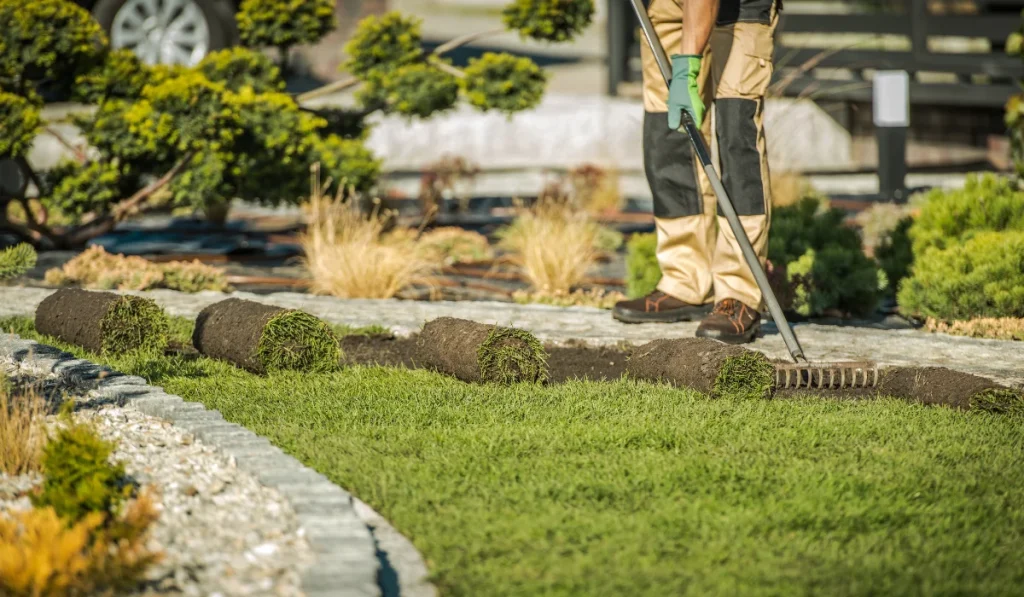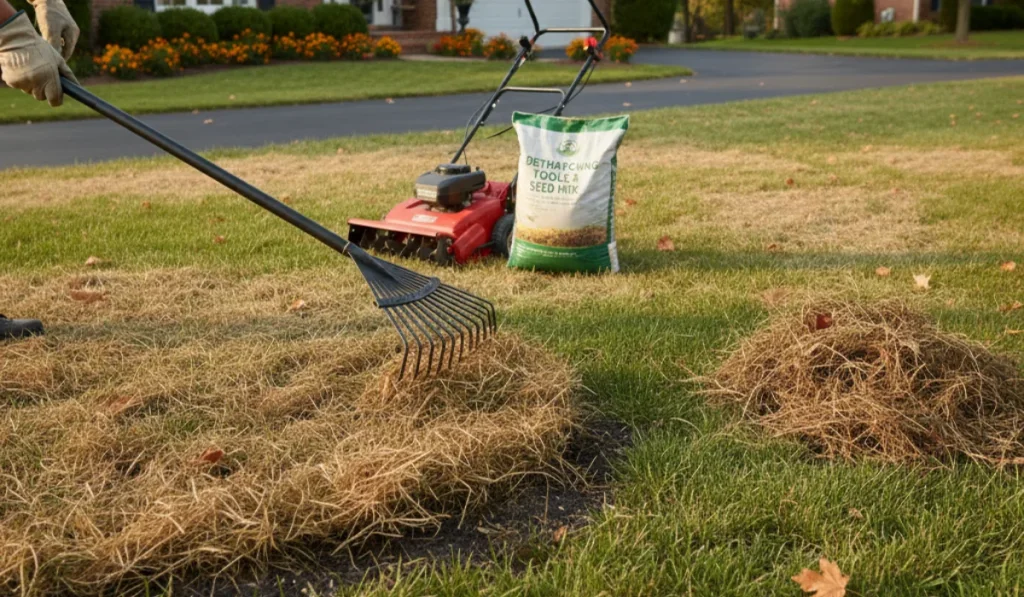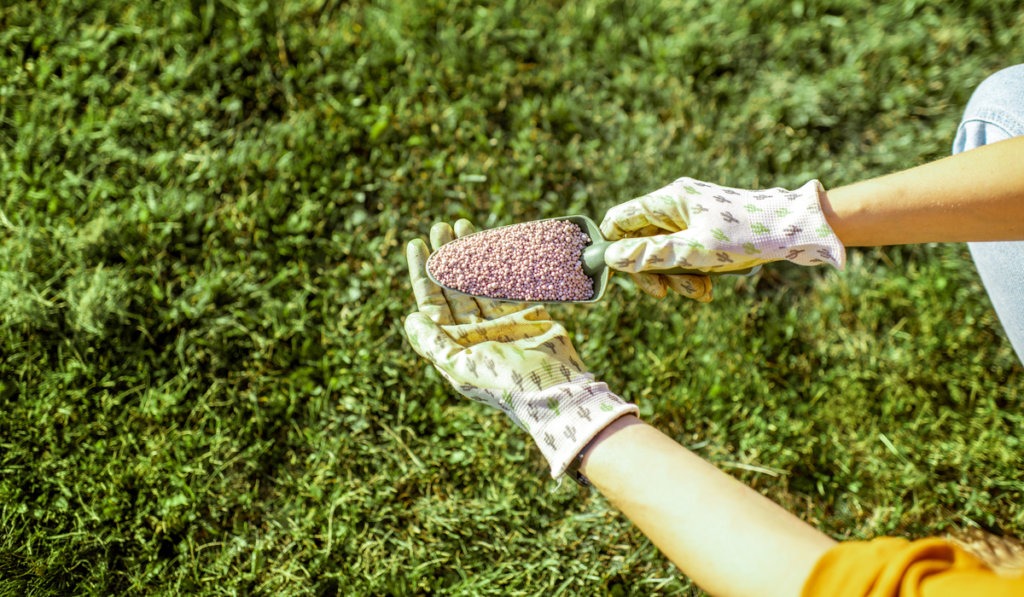If you’ve been looking for the right grass to keep your lawn lush and vibrant throughout the year, you’ve probably come across the term “cool-season grasses.”
These grasses are known for their ability to thrive in cooler temperatures, making them a popular choice for many homeowners, especially in regions with cold winters and mild summers. But what exactly are cool-season grasses, and are they the right fit for your lawn?
In this article, we’ll break down the characteristics, popular types, and maintenance tips for cool-season grasses so you can make the best decision for your yard.
Key Takeaways
- Cool-season grasses grow best in cooler weather, staying green in cold winters and thriving in spring and fall.
- Kentucky bluegrass, tall fescue, perennial ryegrass, and fine fescue offer options for different climates and lawn needs.
- These grasses are great for shade and cold but need more water and struggle with summer heat.
- Mowing, watering, fertilizing, overseeding, and aeration are key to keeping a cool-season lawn healthy and green.
Key Characteristics of Cool-Season Grasses
Cool-season grasses are lawn grasses that grow best in cooler temperatures, typically between 60°F and 75°F.
These grasses are well-suited for areas with cold winters and moderate summers, like the northern and transition zones of the United States.
Their growth is most active during early spring and early fall, and many varieties stay green even in cold weather, giving your lawn year-round curb appeal.
Common Types of Cool-Season Grasses
Finding the right grass can make all the difference in achieving a healthy, green lawn. These popular cool-season grasses offer a range of benefits to suit different climates, lawn uses, and maintenance needs:
1. Kentucky Bluegrass
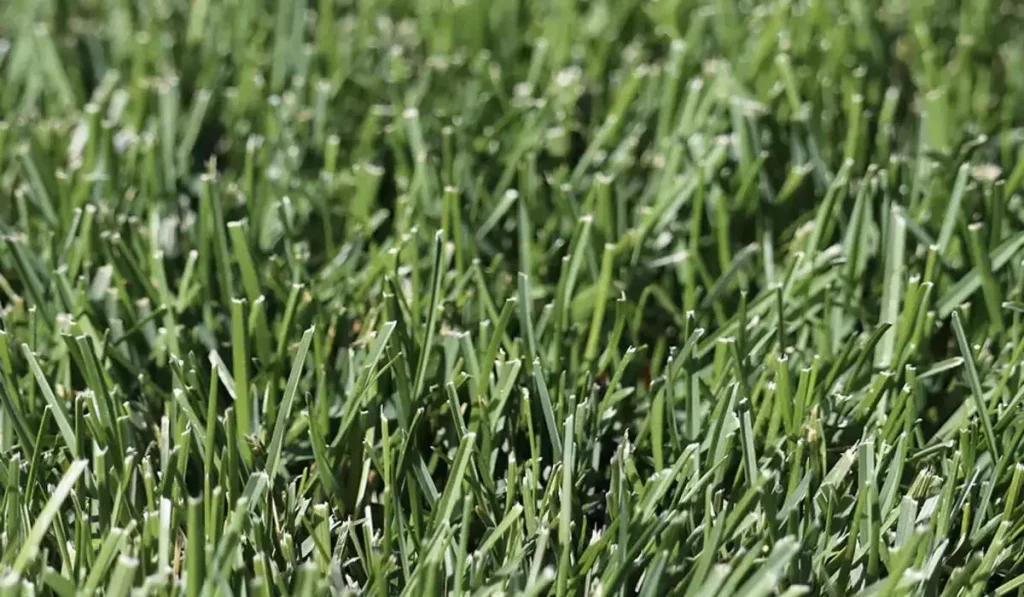
Known for its lush, dark green color and fine texture, Kentucky bluegrass is one of the most popular cool-season grasses. It spreads through rhizomes, which help repair bare spots and create a dense lawn.
This grass has moderate shade tolerance but performs best in full sun.
2. Tall Fescue
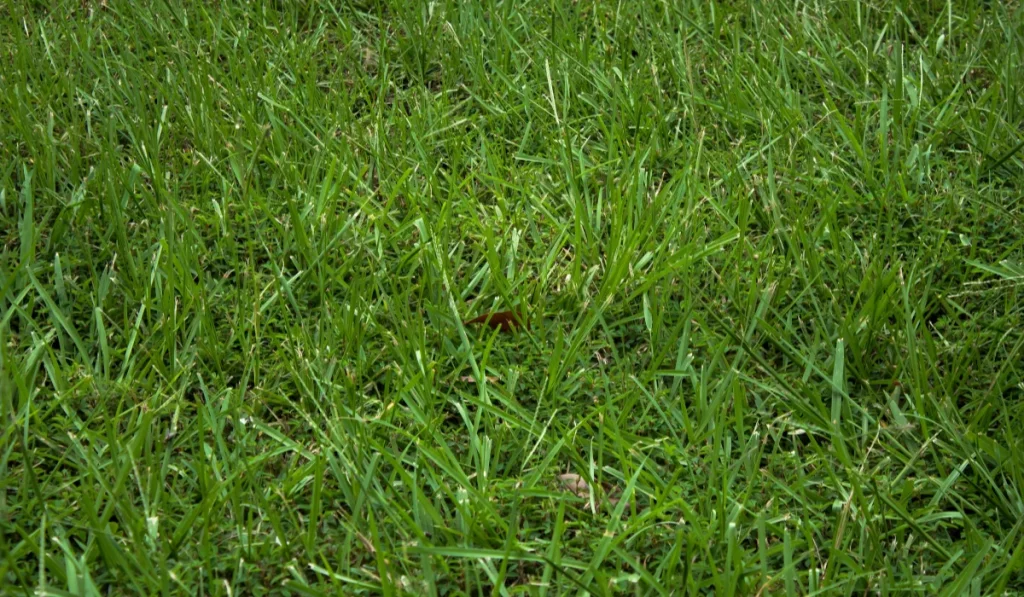
Tall fescue is a hardy option, known for its drought tolerance and deep root system. Its bunch-type growth habit allows it to resist heavy foot traffic, making it ideal for athletic fields and family lawns.
3. Perennial Ryegrass
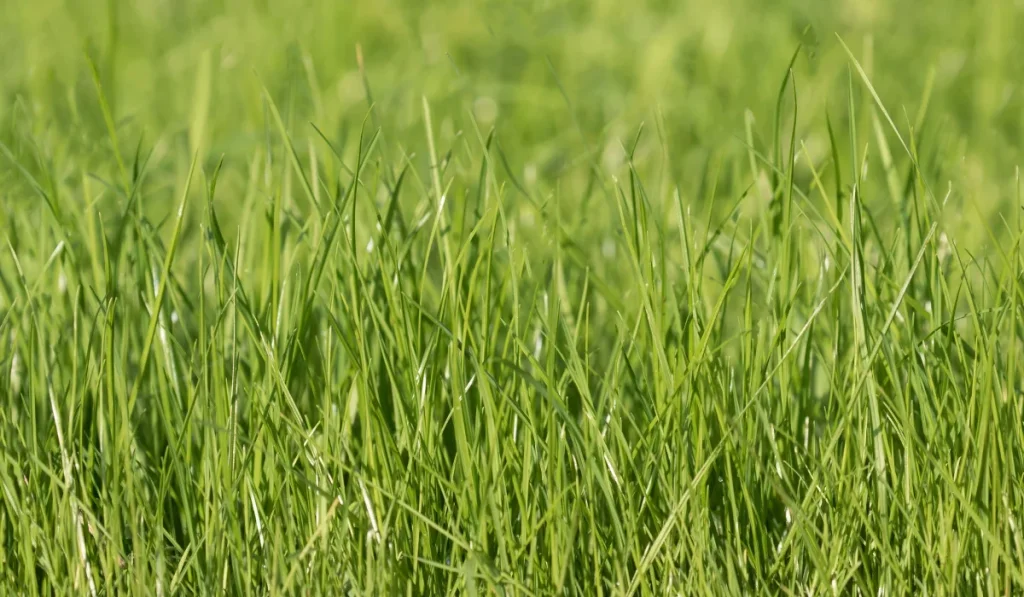
Perennial ryegrass is valued for its quick germination and bright green color. It’s often used in blends with other cool-season grasses to repair damaged lawns or for overseeding warm-season lawns during cooler months.
4. Fine Fescue
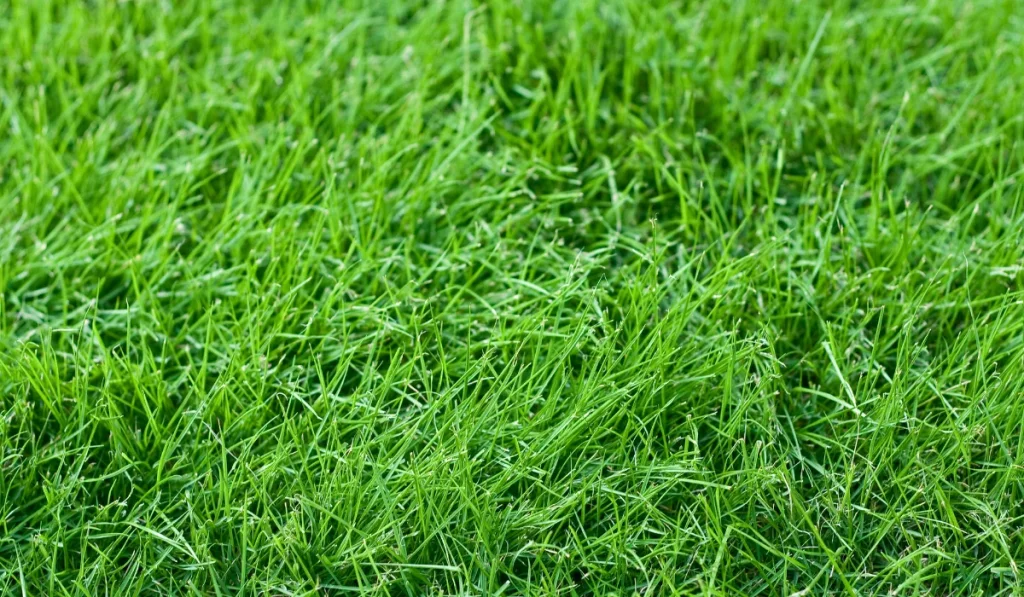
Fine fescues, including varieties like red fescue and chewings fescue, thrive in shaded areas and require less maintenance. They are perfect for low-traffic areas or lawns where low water use is a priority.
Advantages of Cool-Season Grasses
Grasses for a cool-season lawn come with several advantages that make them a top choice for lawns in cooler climates. Here are some key benefits to consider:
- Cold Tolerance: Cool-season grasses remain green and healthy in cold winters, unlike warm-season grasses that go dormant.
- Shade Tolerance: Many sod varieties, like fine fescue, thrive in shaded areas, making them versatile for different landscapes.
- Green-Up in Spring: These grasses grow actively in early spring, giving your lawn a vibrant look as the seasons change.
Challenges of Cool-Season Grasses
While cool-season turfgrasses offer many benefits, they also come with a few challenges that homeowners should be aware of:
- Heat Stress: During the hot summer months, cool-season grasses can struggle and may enter dormancy to conserve energy.
- Higher Water Needs: They often require more frequent watering during summer to maintain their green color.
- Maintenance: Regular mowing, fertilization, and overseeding are necessary to keep these grasses looking their best.
Tips for Maintaining Cool-Season Grasses
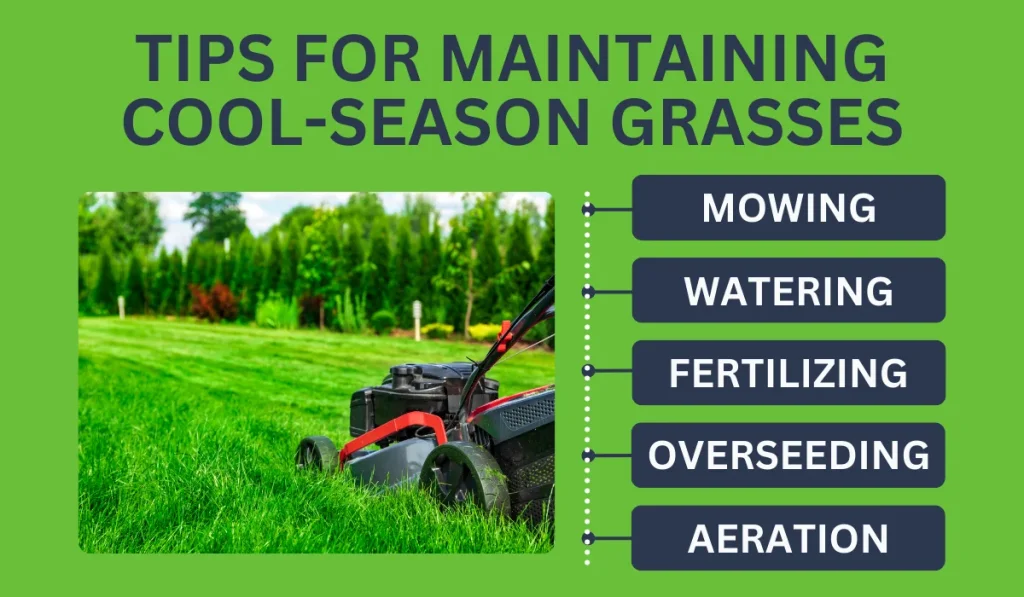
Mowing
Maintain an appropriate mowing height based on the type of grass. For Kentucky bluegrass, 2.5 to 3 inches is ideal, while tall fescue may require up to 4 inches. Avoid cutting more than one-third of the grass height at a time to prevent stress.
Watering
Provide about 1.5-2 inches of water per week during active growing seasons. Adjust the watering schedule during hot summer months to prevent dormancy.
Fertilizing
Fertilize in early fall and early spring to support active growth. Conduct a soil test to ensure you’re providing the right nutrients.
Overseeding
Overseed your lawn in early fall to fill in bare spots and improve density. This is especially helpful if your lawn includes perennial ryegrass or Kentucky bluegrass blends.
Aeration
Aerate the soil every couple of years to improve root growth and nutrient absorption, especially in compacted areas.
Are Cool-Season Grasses Right for You?
Cool-season grasses are an excellent choice for homeowners in areas with cooler climates or significant temperature swings. Their ability to stay green in cold winters and their adaptability to partial shade make them a reliable option for many lawns.
However, if you live in a region with prolonged heat or little rainfall, you might want to consider warm-season grasses or consult a lawn care professional.
If you’re unsure which type of grass is best for your yard, consider reaching out to a sod provider like SodLawn. With expert advice and high-quality grass seed, creating a picture-perfect green lawn has never been easier.
Frequently Asked Questions
How can I protect cool-season grasses from pests and diseases?
To protect your lawn, maintain proper care by mowing at recommended heights, fertilizing appropriately, and avoiding overwatering. These practices reduce stress, minimizing the risk of pests and fungal infections.
What is the best time of year to plant cool-season grasses?
The ideal time to plant cool-season grasses is in early fall. Soil temperatures are warm for germination, while cooler air temperatures support strong root development before winter dormancy.

